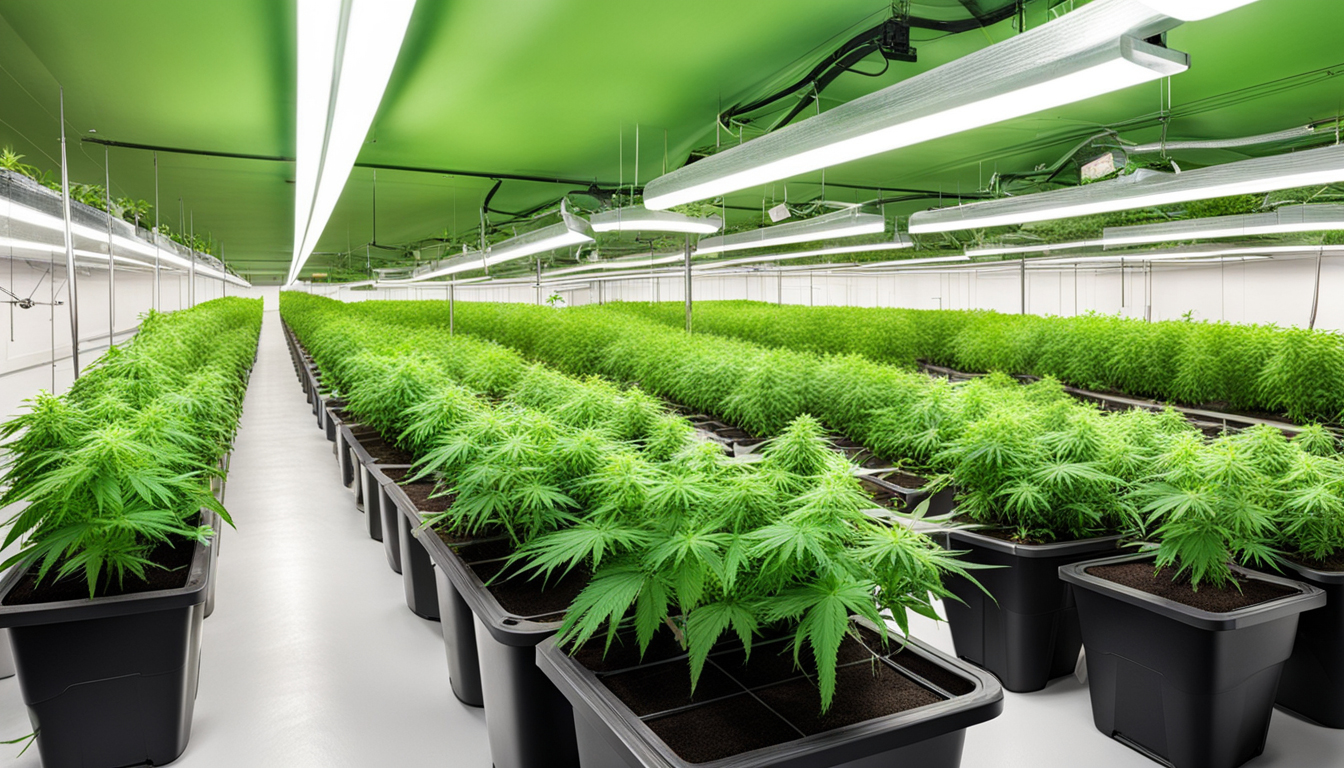
Whether you're just starting out with cannabis growing or looking to improve your existing harvest, following this complete guide will help you produce big, high-quality yields right at home. With the right supplies, techniques, and care, cultivating pot indoors can be an extremely satisfying and cost-effective endeavor.
Choosing Marijuana Varieties
The first step in planning your indoor crop is selecting the right marijuana strains to cultivate. The three main types of marijuana plants each have their own qualities.
Energizing strains
Known for their uplifting mental effects, sativas grow tall and slender with narrow leaves. They thrive in tropical tropical climates and have a longer flowering time between 10-12 weeks indoors. Top sativa strains include Jack Herer, Durban Poison, Super Lemon Haze, and Jack Herer.
Relaxing strains
These strains provide relaxing full-body effects and grow short and bushy with broad leaves. Adapted to cooler mountain climates, they flower faster within 8-9 weeks. Popular indica strains include Northern Lights, Bubba Kush, and Bubba Kush.
Mixed strains
Mixed varieties mix traits from both energizing strains and indicas. They offer combined effects and have moderate flowering periods around 2.25-2.5 months. Popular mixes are OG Kush, Girl Scout Cookies, and Blue Dream.
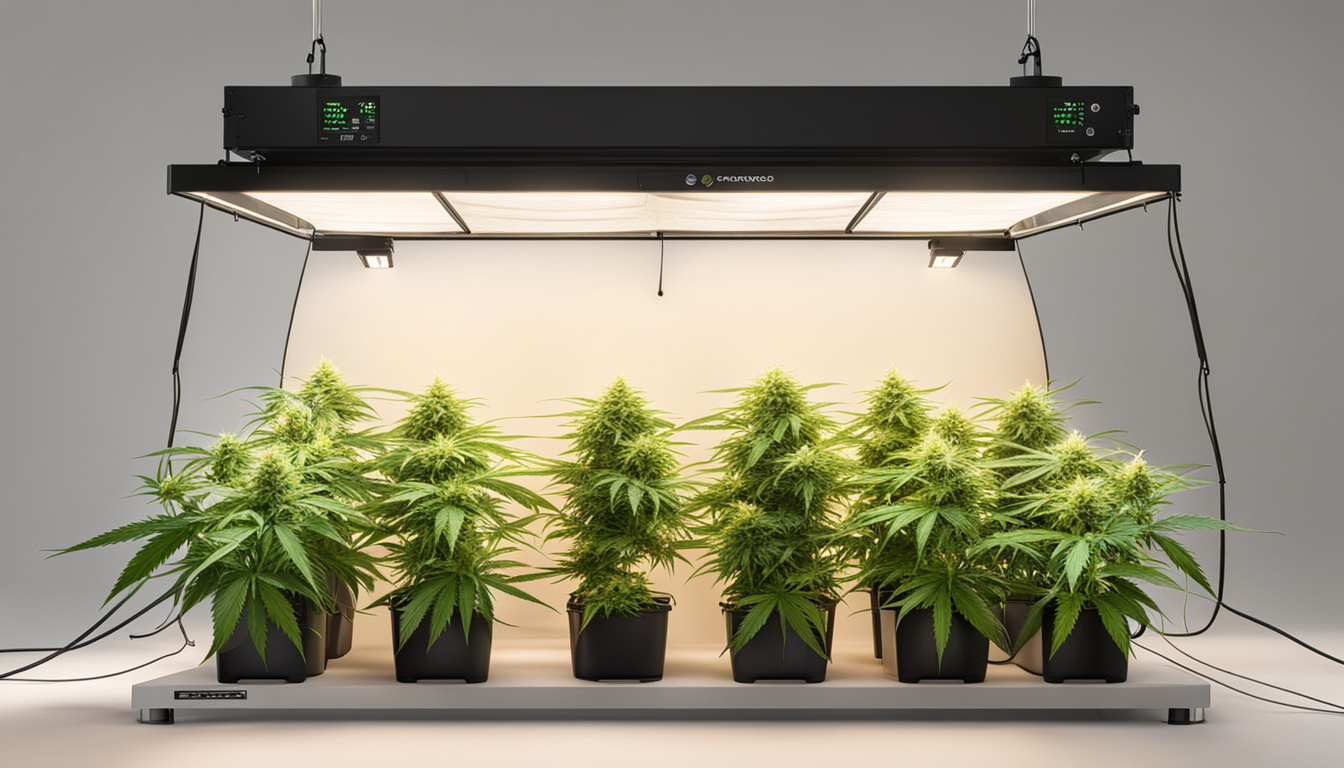
Setting Up Your Cultivation Space
Pot plants need the right controlled environment to succeed. Key factors for indoor cultivations are lights, airflow, layout, and finding the ideal discreet location.
Location
Choose an unused space with direct access to water and electrical outlets. An empty extra bedroom, unused closet, corner of the basement, or cultivation tent tucked away in a garage all make great stealthy grow room spots.
Lights
Marijuana requires strong light for all growth stages. LEDs are efficient and come in full spectrum options simulating natural outdoor light. Provide 250-400 watts per square foot for the vegetative stage and 20-40 watts per square foot for flowering.
Airflow
Proper ventilation and exhaust systems maintain ideal temperature, humidity, and pure CO2 levels. Set up silent 4-6 inch fans or scrubbers to circulate stale air and reduce smells.
Layout
Maximize your space by arranging plants carefully under the lamps and leaving room to access and work around them. Set up separate zones for growth, flowering, drying, and propagation.
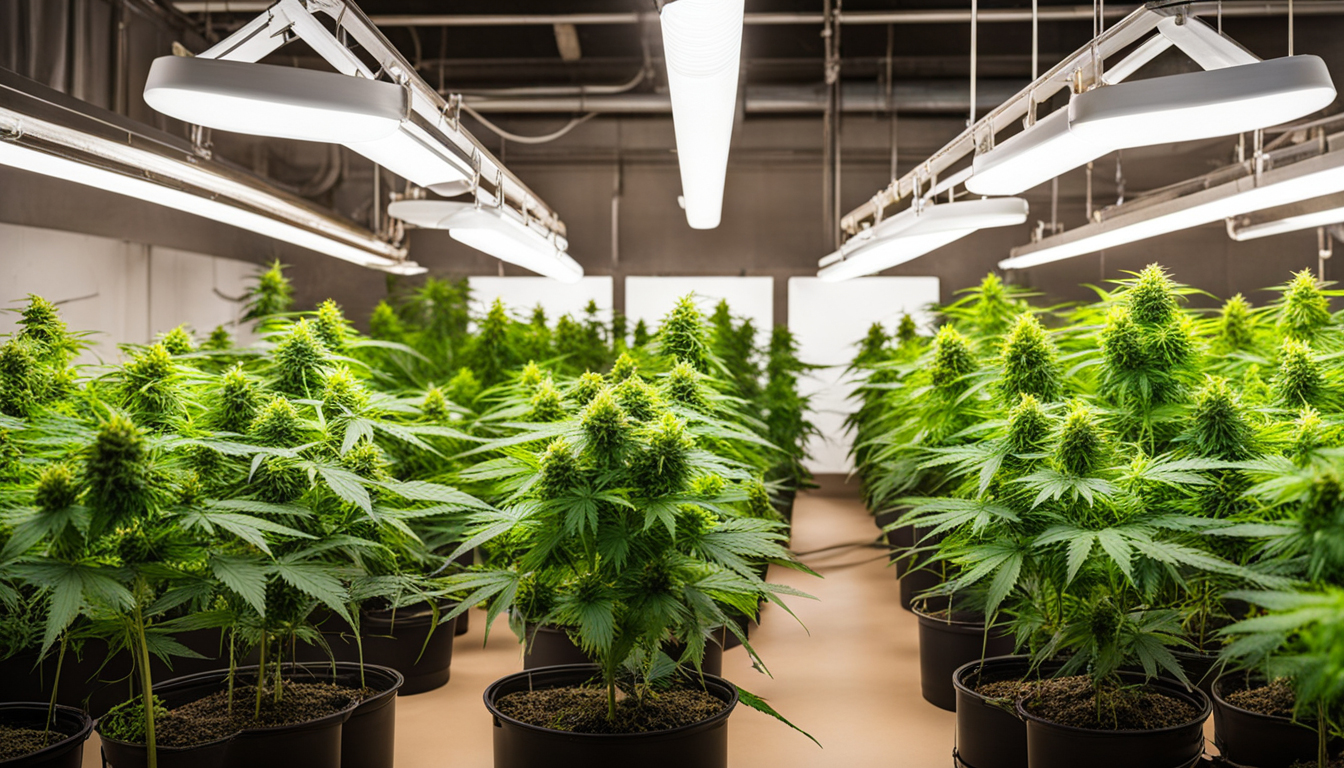
Cultivation Mediums
Pot can be grown in different substrates, each with pros and cons. Pick a appropriate option for your specific setup and growing style.
Soil
The traditional medium, soil is inexpensive and easy for new growers. It provides great flavor but needs more watering and nutrients to feed plants. Enrich soil with perlite or coir to improve aeration.
Coco Coir
Made from coir, reusable coconut fiber retains water but still allows air to the roots. It's more sterile and more predictable than soil. Use coir-specific nutrients to prevent calcium buildup.
Water systems
In water systems, plant roots grow right in nutrient water solution. This enables rapid development but needs close observation of solution chemistry. DWC and irrigation systems are common techniques.
Sprouting Seeds
Germination prepares your pot seeds to begin growing radicles. This prepares them for planting Request More Info into their cultivation medium.
Towel Method
Place seeds between moist paper towel and keep them moist. Inspect after a week for emerging radicles showing germination is complete.
Direct Planting
Insert seeds right into pre-moistened growing medium 6mm deep. Gently water and wait 1-2 weeks until sprouts break through the top.
Rockwool Cubes
Soak cubic rockwool starters in balanced water. Insert seeds 6mm deep into the cubes. Keep cubes wet until seedlings emerge within a week to 2 weeks.
Repotting Seedlings
Once sprouted, weed young plants need to be repotted to avoid overcrowding. Move them into appropriately sized pots.
Ready Containers
Fill final containers with cultivation medium enriched with slow-release fertilizer. Let containers to absorb water overnight before repotting.
Gently repotting
Carefully loosen seedling roots from germination medium using a spoon. Place into pre-soaked pot at equal depth as before and gently water in.
Vegetative Stage
The vegetative stage promotes leafy growth and plant form through 3/4 to full day of continual lighting intensity. This stage usually lasts 4-8 weeks.
Providing 3/4 to full day of Lighting
Use lamps on a 24 daily schedule or outdoor light to trigger constant photosynthesis. Light intensity influences size and internodal spacing.
Fertilizing
Use grow stage fertilizers richer in N. Make sure pH remains around 5.8-6.3 for full nutrient absorption. Feed 1⁄4 to 1⁄2 concentration after 14 days and strengthen slowly.
LST and topping
Fimming, low stress training, and scrogging manipulate growth patterns for even canopies. This increases yields.
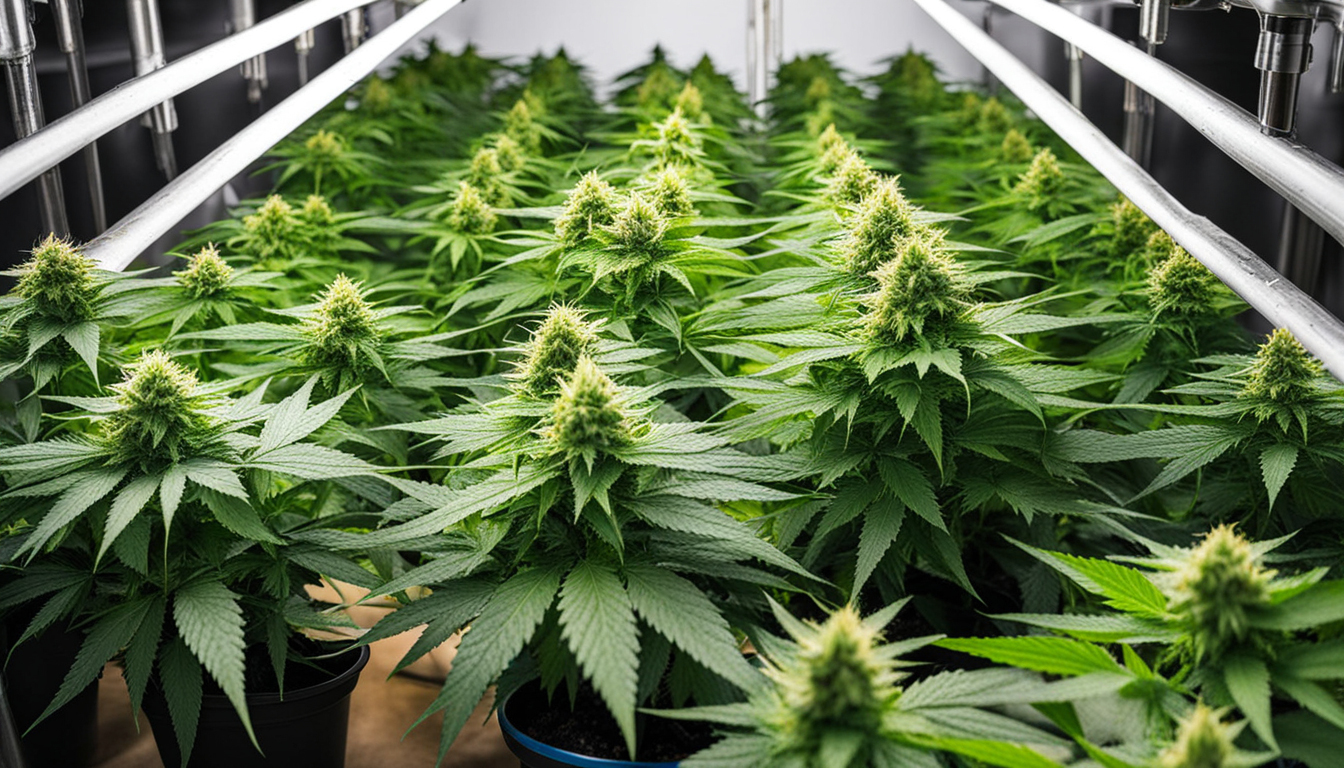
Flowering Stage
The flowering stage develops buds as plants reveal their sex under a 12 hour cycle schedule. It lasts 8-12 weeks based on variety.
Switching to 12/12
Switch lamps to 12/12 or move outdoors for outdoor 12 hour cycle. This signals plants to start blooming.
Flushing
Flushing removes nutrient salts to enhance flavor. Fertilize lightly the first period then just use plain water the final 2 weeks.
Flushing
Continue 12 hour Subscribe Now photoperiod but leach using pH-balanced water only. Resume clean watering if buds aren't yet mature after two weeks.
Harvesting
Recognizing when cannabis is completely mature delivers maximum potency and aroma. Cut down plants at peak maturity.
Signs of readiness
Look for swollen calyxes, faded pistils, and 5-15% cloudy trichs. Check buds around the plant as they won't all ripen evenly.
Cutting Plants
Use sterilized, razor-sharp pruning shears to carefully slice each plant at the base. Leave 5-10cm of stalk attached.
Drying
Suspend intact plants or branches inverted in a lightless room with average temperature and RH around 50-60% for 1-2 weeks.
Aging
Curing keeps drying while aging the buds like aged spirits. This process mellows harshness and further develops terpene and terpene profiles.
Jars and Humidity
Manicure dried buds from branches and place into glass jars, packing about 3⁄4 full. Use a sensor to measure jar moisture.
Burping Daily
Open containers for a few hours each day to slowly reduce humidity. Rehydrate buds if RH drops below 55%.
Long term storage
After 2-3 weeks when moisture stabilizes around 55-60%, perform a last trim and keep long-term in airtight jars.
Common Problems and Solutions
Even seasoned growers run into different marijuana plant problems. Identify problems early and fix them correctly to keep a strong garden.
Nutrient Deficiencies
Chlorosis often indicate inadequate nitrogen. Purpling stems and leaves signal phosphorus deficiency. Test pH and boost nutrients slowly.
Pests
Thrips, aphids, fungus gnats, thrips, and nematodes are common marijuana pests. Use neem oil grow weed guide sprays, predator bugs, and sticky traps for natural control.
Powdery mildew
High moisture encourages botrytis and bud rot. Improve circulation and circulation while reducing humidity under 50% during flowering.
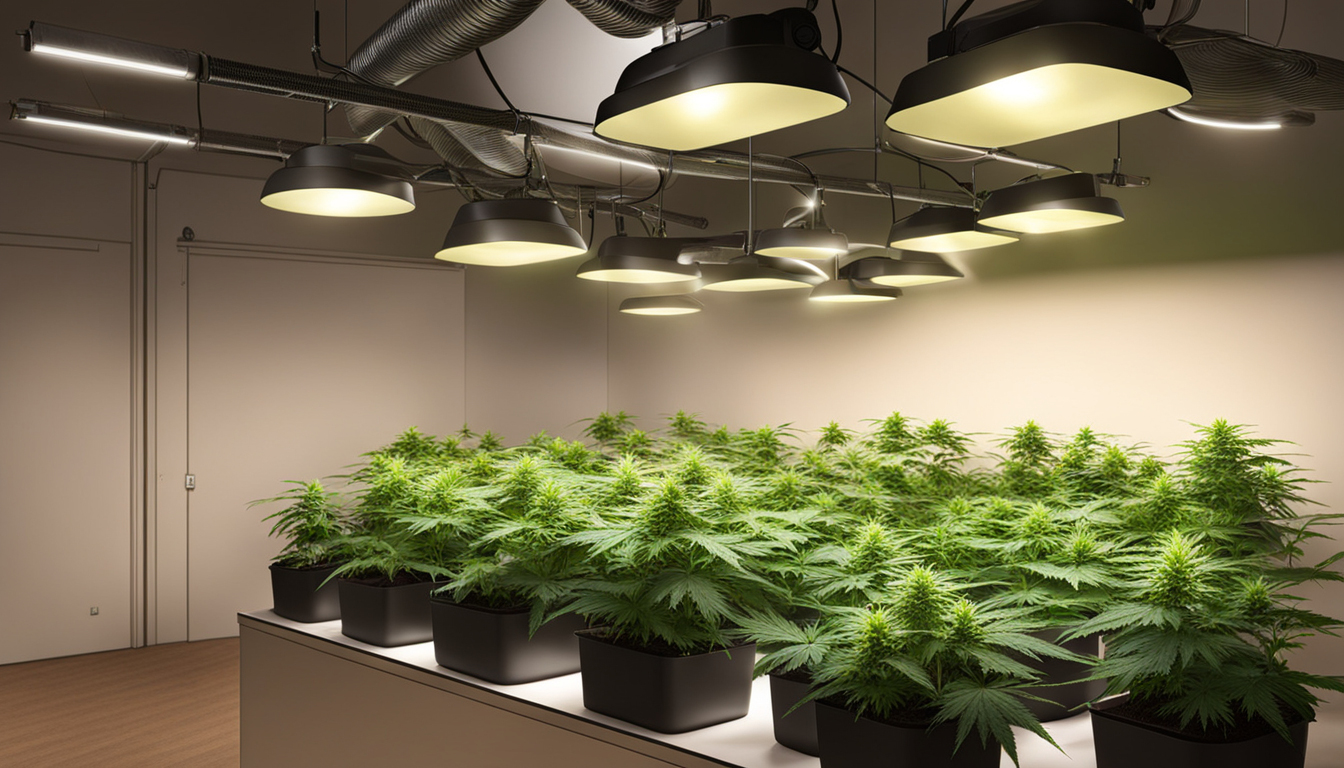
Conclusion
With this complete indoor marijuana growing guide, you now have the knowledge to grow bountiful strong buds for personal harvests. Apply these techniques and methods throughout the seed starting, growth, and bloom stages. Spend in quality equipment and carefully check on your plants. In time, you'll be compensated with sticky aromatic buds you grew yourself under the patient guidance of your green hands. Good luck cultivating!